Set out on a culinary adventure at home with Japanese food cooking. Imagine effortlessly rolling your own sushi, mastering the art of crispy tempura, and crafting savory bento lunch boxes.
But what are the essential ingredients needed to recreate these iconic dishes? Stay tuned to discover practical tips, budget-friendly alternatives, and creative plating ideas to elevate your Japanese culinary skills to the next level.
Get ready to tantalize your taste buds and impress your friends and family with authentic Japanese flavors right from your own kitchen.
Just The Basics
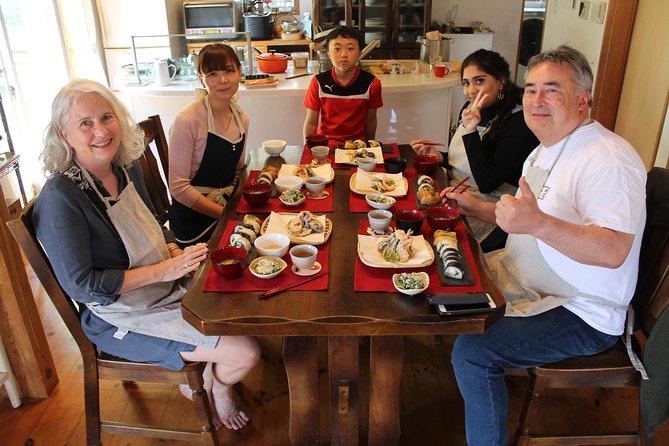
- Master sushi rolling, tempura frying, and gyoza folding techniques for authentic Japanese cooking.
- Balance flavors and unlock Umami secrets to create traditional Japanese dishes at home.
- Experiment with fusion cuisine while staying true to cultural influences for an elevated culinary experience.
- Elevate presentation with creative plating, garnishes, and styling techniques using traditional ingredients.
Here's some other great tours and experiences nearby we think you'll like.
Ingredients for Japanese Cooking at Home
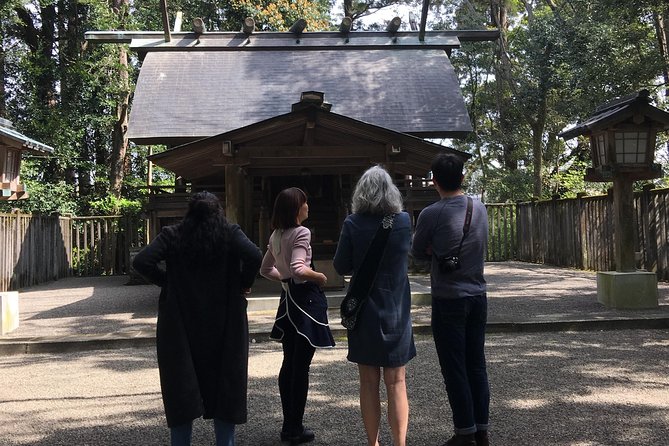
When cooking Japanese food at home, gather fresh ingredients like sushi-grade fish, tempura batter mix, and miso paste to create authentic dishes. Stocking up a Japanese pantry with essentials such as soy sauce, rice vinegar, nori sheets, and mirin is key to achieving that traditional taste.
Don’t forget versatile staples like short-grain rice and dashi stock for a well-rounded selection. To master Japanese cooking techniques, experiment with sushi rolling, tempura frying, and miso soup-making. These methods may seem daunting at first, but with practice, they become second nature.
Embrace the art of precision slicing for sashimi and perfecting the delicate balance of sweet and savory flavors in your dishes. With dedication and the right ingredients, anyone can enjoy homemade Japanese cuisine on a budget.
Essential Cooking Utensils Needed
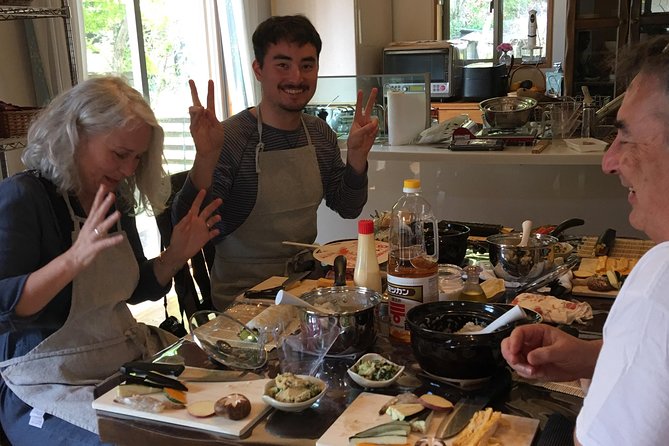
To cook Japanese food at home, you’ll need a few essential cooking utensils that are commonly used in Japanese cuisine.
Some key items to have on hand include a rice cooker for perfectly cooked rice, a bamboo sushi rolling mat for making sushi rolls, a sharp chef’s knife for precise cuts, a donabe (clay pot) for traditional hot pot dishes, and a pair of chopsticks for enjoying your meal the authentic way.
These utensils are vital for mastering various cooking techniques and honoring culinary traditions. They’re practical tools that can be budget-friendly, easily found at most kitchen supply stores or online, and will elevate your home cooking experience to a whole new level.
Step-by-Step Japanese Cooking Instructions
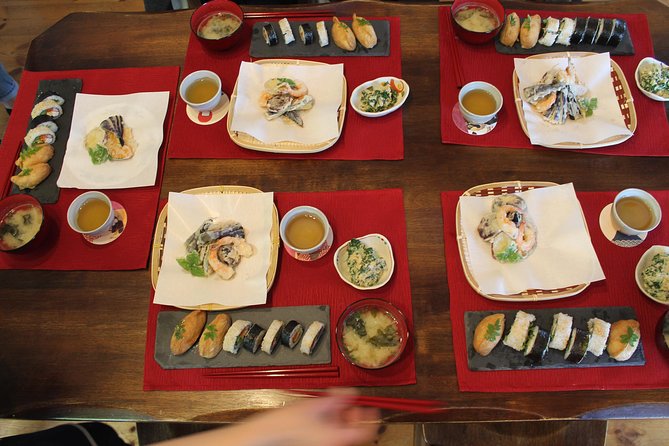
For those equipped with the right utensils, exploring the step-by-step Japanese cooking instructions can lead to a rewarding culinary journey. Dive into the world of Japanese cuisine with these essential techniques and traditions:
-
Japanese Cooking Techniques: Master the art of sushi rolling, tempura frying, and gyoza folding.
-
Culinary Traditions: Learn about the cultural significance behind dishes like bento lunch boxes and okonomiyaki pancakes.
-
Food Styling and Garnishing Techniques: Elevate your dishes with intricate garnishes and traditional food styling methods.
Tips for Achieving Authentic Flavors
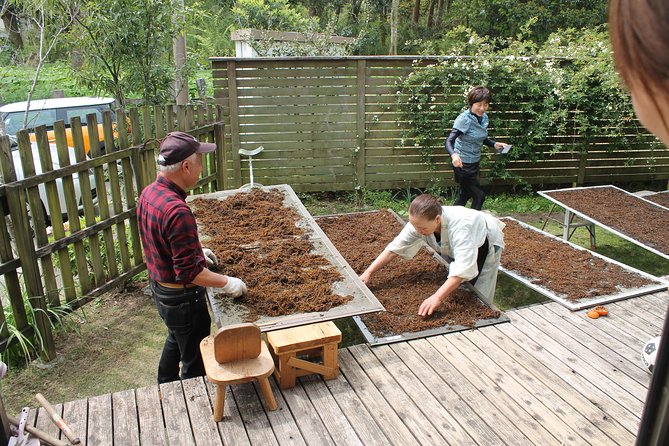
For an authentic taste of Japanese cuisine at home, focus on sourcing high-quality ingredients that are essential for capturing the traditional flavors accurately. Achieving the right flavor balance is key, and understanding Umami secrets can elevate your dishes. Consider cultural influences when selecting ingredients to stay true to the roots of Japanese cooking. While fusion cuisine can be fun, ensure that the authenticity of the flavors remains intact. Here are some practical tips to help you on your culinary journey:
| Tips for Authentic Flavors | Description |
|---|---|
| Flavor balance | Achieve a harmonious blend of tastes. |
| Umami secrets | Unlock the savory richness in your dishes. |
| Cultural influences | Stay true to Japanese culinary traditions. |
| Fusion cuisine | Experiment carefully to preserve authenticity. |
| High-quality ingredients | Source fresh, traditional Japanese components. |
Creative Plating and Presentation Ideas
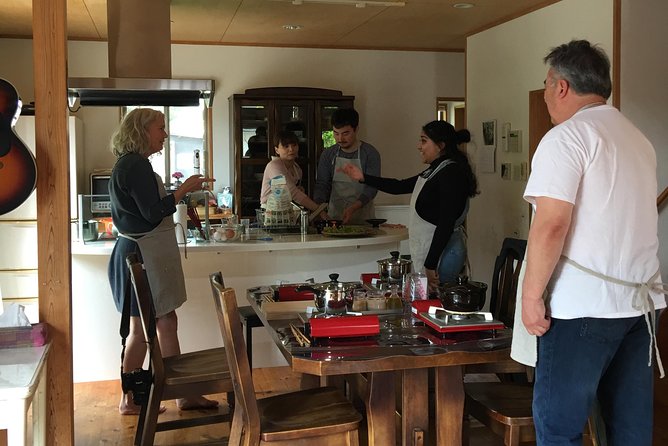
Elevate your homemade Japanese dishes by incorporating creative plating and presentation ideas that enhance the visual appeal of your culinary creations.
When it comes to making your dishes stand out, consider these tips:
-
Plating Techniques: Experiment with arranging your food asymmetrically for a modern look.
-
Garnish Inspiration: Sprinkle sesame seeds or finely chopped scallions over your dishes for a pop of color and texture.
-
Food Styling Trends: Embrace the beauty of simplicity by using minimalist tableware to let your food shine.
Alternative Japanese Dishes to Try

Discover some unique Japanese dishes to add a flavorful twist to your home cooking repertoire. When exploring Japanese cuisine, consider experimenting with Japanese fusion dishes that blend traditional and modern flavors.
Try dishes like sushi burritos, ramen burgers, or matcha tiramisu to experience a creative take on classic Japanese ingredients. These alternative dishes offer a fun and innovative way to enjoy the flavors of Japan while adding a touch of excitement to your meals.
Whether you’re a fan of traditional Japanese dishes or looking to try something new, incorporating these fusion creations into your cooking routine can provide a delightful change of pace. Embrace the fusion of flavors and textures for a culinary adventure right in your own kitchen!
Frequently Asked Questions
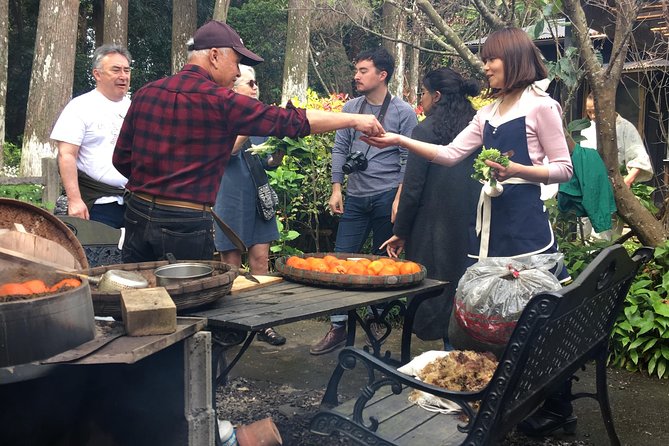
Can I Bring My Own Ingredients for the Japanese Cooking Class?
If one wants to show ingredient preferences or explore cooking techniques, it’s best to inquire in advance. This allows for culinary creativity and personalized dishes. Remember, being prepared can enhance the cooking experience.
Are Children Allowed to Participate in the Cooking Activity?
Children are welcome to join the cooking activity. Cooking with kids has many benefits, it’s fun, promotes safety, and develops skills. Their participation not only brings joy but also fosters a love for cooking.
Is There a Dress Code for the Cooking Class?
There is no strict dress code for the cooking class; however, guests are encouraged to wear comfortable clothing and closed-toe shoes. It’s essential to show respect for Japanese culinary traditions and follow basic dining etiquette.
Are There Any Dietary Restrictions or Allergies That the Cooking Class Can Accommodate?
The cooking class can accommodate dietary restrictions and allergies. They offer vegan options and can customize recipes for special diets. Just let them know in advance, and they will ensure everyone can enjoy the experience.
Can I Take Home Leftovers From the Cooking Class?
Yes, participants can request takeout options from the cooking class. It’s important to consider food safety guidelines when taking home leftovers. Remember to store and handle the food properly to maintain its quality and safety.
Final Words
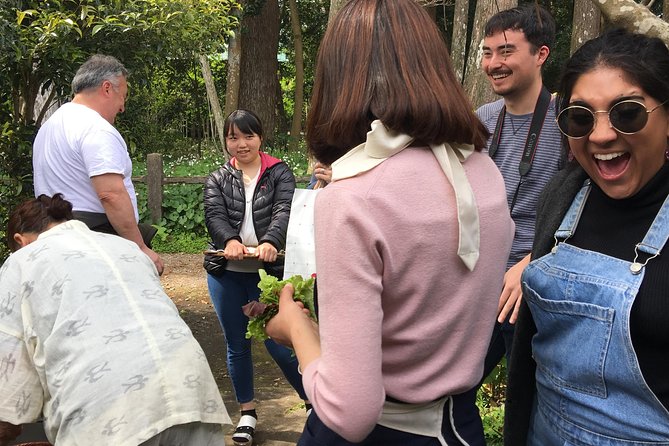
To sum it up, Japanese food cooking at home is a fun and tasty way to explore the flavors of Japan without breaking the bank.
With a few key ingredients, essential utensils, and simple steps, anyone can create delicious dishes like Sushi, Tempura, and more right in their own kitchen.
So why not give it a try and embark on your own culinary adventure today? Happy cooking!
